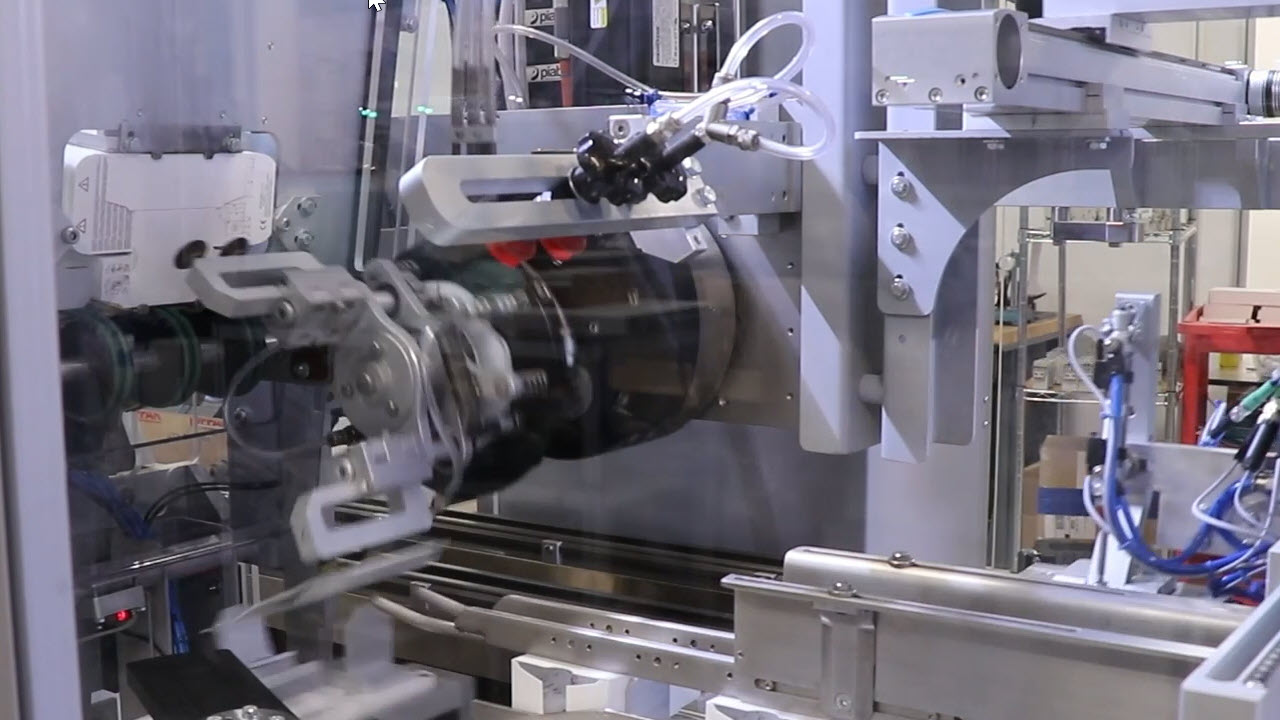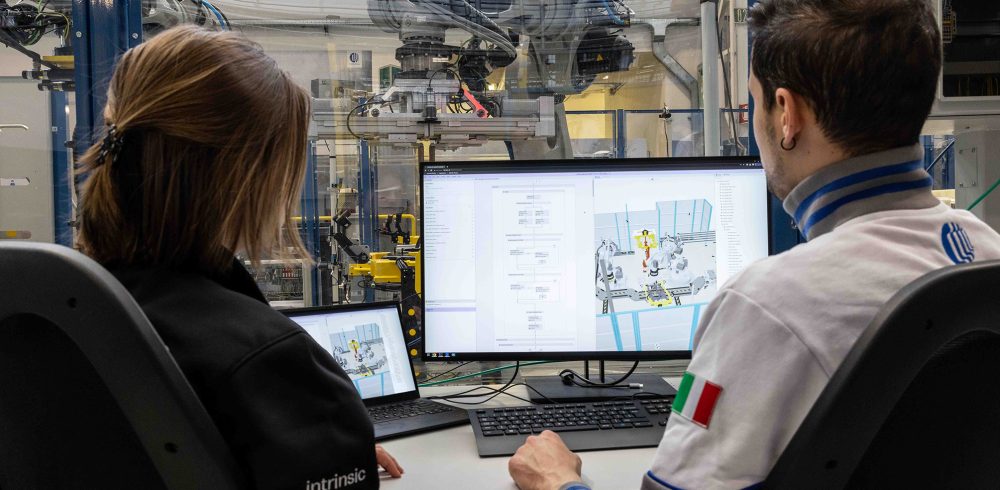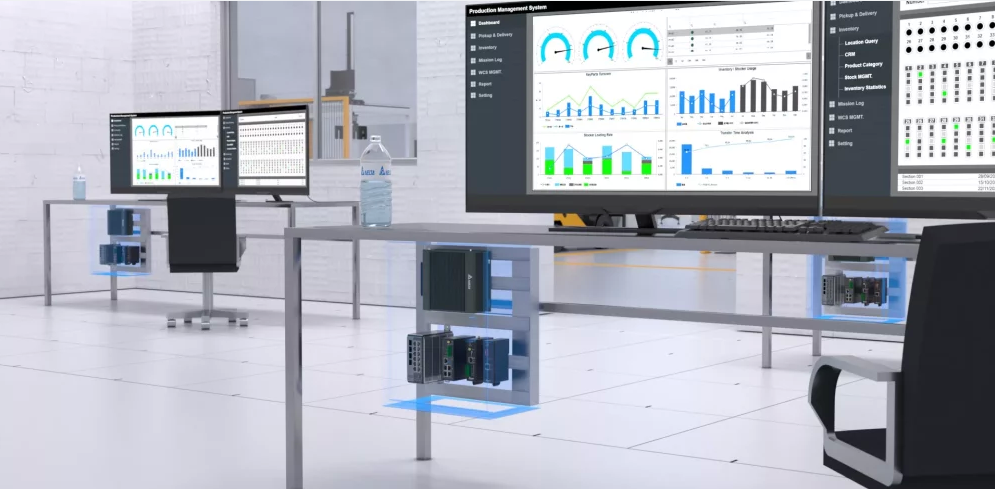Motion Controls: Accelerating Progress in Industry and Automation

In the intricate dance of industrial automation, motion control systems play the leading role. They are the hidden orchestrators behind the precise and coordinated movements of machinery in manufacturing plants, assembly lines, and robotics. Motion control technology, incorporating elements such as motors, drives, sensors, and software, is pivotal to the efficiency and efficacy of automated processes. This article delves into the multifaceted role of motion controls in industry and automation, emphasizing their impact and importance.
The Backbone of Modern Manufacturing
At the heart of modern manufacturing lies motion control technology. It enables the automation of various processes, from simple tasks like moving a conveyor belt to complex operations like CNC machining. Motion control systems ensure that machines operate with the required precision, speed, and efficiency, which is crucial in maintaining quality standards and maximizing productivity.
In sectors like automotive manufacturing, motion control systems synchronize the movement of robotic arms for tasks such as welding, painting, and assembly. This synchronization not only ensures product consistency but also significantly increases throughput.
The Precision of CNC Machining
One of the most prominent applications of motion control is in Computer Numerical Control (CNC) machining. Motion control systems in CNC machines translate digital instructions into precise physical movements, allowing for the creation of intricate and high-precision parts. The accuracy provided by these systems is crucial in industries where even the slightest deviation can have significant consequences, such as aerospace and medical device manufacturing.
Robotics: Pushing Boundaries of Efficiency
In robotics, motion control technology is indispensable. It provides the basis for the varied and complex movements of industrial robots, enhancing their ability to perform tasks ranging from material handling to sophisticated assembly operations. Advanced motion control algorithms enable robots to adapt to changing conditions and perform tasks with high precision, leading to more intelligent and versatile robotic systems.
Packaging and Material Handling
Motion control systems are also vital in the packaging and material handling sectors. They govern the operation of equipment like palletizers, sorters, and packaging machines, ensuring efficiency and reliability. In logistics and warehousing, these systems streamline the process of moving goods, improving operational speed and reducing the likelihood of errors.
The Integration of Advanced Technologies
The integration of advanced technologies like Artificial Intelligence (AI) and the Internet of Things (IoT) is transforming motion control systems. AI algorithms enable predictive maintenance, minimizing downtime by anticipating and addressing potential system failures. IoT connectivity allows for the remote monitoring and control of motion systems, enhancing their flexibility and responsiveness.
Energy Efficiency and Sustainability
In today’s eco-conscious world, the energy efficiency of motion control systems is increasingly important. Advances in motor technology and drive systems have led to the development of more energy-efficient solutions. These advances not only reduce operational costs but also align with sustainability goals, reducing the environmental impact of industrial operations.
Customization and Flexibility
The diverse requirements of various industries necessitate the customization and flexibility of motion control systems. Manufacturers are now offering modular systems that can be tailored to specific needs, providing solutions that are both cost-effective and adaptable. This adaptability is essential in an era where production demands are constantly changing.
Safety and Reliability
Safety is paramount in industrial environments, and motion control systems contribute significantly to safer workplaces. By automating potentially hazardous tasks, they reduce the risk of injury to workers. Reliability is also crucial, as any downtime can lead to significant production losses. Modern motion control systems are designed with robustness and redundancy to ensure uninterrupted operation.
Challenges and Future Outlook
Despite their many advantages, motion control systems face challenges, including the complexity of design and integration, and the need for skilled personnel to operate and maintain them. As we look to the future, ongoing developments in areas like wireless communication, miniaturization, and material science are expected to further enhance the capabilities and applications of motion control systems.
Conclusion
Motion control systems like the HDC Series from Bosch Rexroth are indispensable in the realm of industry and automation. They bring precision, efficiency, and innovation to various processes, playing a critical role in the advancement of manufacturing, robotics, and material handling. As technology continues to evolve, the importance of motion control in ensuring operational excellence and competitiveness in various industries will only grow. These systems, constantly adapting and improving, will continue to drive the future of automation, shaping the landscape of modern manufacturing and beyond.
-
Delta Unveils Groundbreaking Solutions for Smart Manufacturing and e-Mobility at Hannover Messe 2024
Delta, a global leader in power management and a provider of IoT-based smart gre···
-
Industries Must Embrace Automation To Lower Emissions, Raise Efficiencies, Says Schneider Electric Executive
Global industries need to embrace and not fear automation if they are serious ab···
-
Comau’s Advanced Automation: Facing Challenges and Anticipating the Future of Robotics
• Exponential growth: automation drives the future of emerging sectors. Forecast···
-
Schneider Electric highlights software, automation, electrification and Hannover Messe
Hannover Messe is taking place in Hannover, Germany, from April 22 to 26. At the···
参展地址:中国国际展览中心(朝阳馆)
- Delta Unveils Groundbreaking Solutions for Smart Manufacturing and e-Mobility at Hannover Messe 2024
- Industries Must Embrace Automation To Lower Emissions, Raise Efficiencies, Says Schneider Electric Executive
- Comau’s Advanced Automation: Facing Challenges and Anticipating the Future of Robotics
- Schneider Electric highlights software, automation, electrification and Hannover Messe
- Rockwell Automation banks on digital, green transition in China
- Delta DX-2400L9 Series Industrial 4G/WAN Routers









 Asia International Industry Automation & Intelligent Manufacturing Exhibition
Asia International Industry Automation & Intelligent Manufacturing Exhibition

